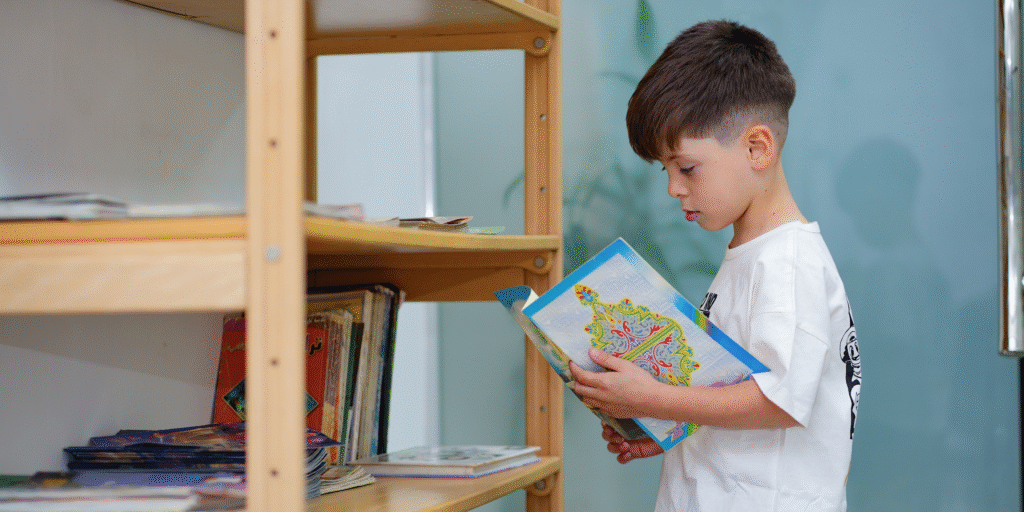 Donate
Donate
 Donate
Donate
Surplus
Deductions
Total amount subject to Khums $0
Khums Due $0
Sahm al Imam to be paid $0
Sahm al Sada to be paid $0

In a country still grappling with the long-term effects of war, poverty, and instability, the youngest and most vulnerable, particularly orphaned children, bear some of the deepest scars. Iraq’s recent history has created a generation of children who have not only lost their parents but also face daily struggles with trauma, anxiety, and emotional isolation.
Recognizing this urgent need, Al-Ayn (Iraq) has launched one of its most impactful and pioneering initiatives: The Psychological Rehabilitation and Guidance Center. Situated in Iraq, this center is dedicated to the psychological care of orphaned children and their families, offering them a path to healing and hope.
The trauma of losing one or both parents is often compounded by the harsh realities of poverty and the lingering effects of conflict. Many orphaned children in Iraq have witnessed violence, displacement, and extreme hardship. These experiences can lead to complex mental health conditions such as post-traumatic stress disorder (PTSD), depression, and behavioral issues. Without proper intervention, these challenges can hinder a child’s development, academic performance, and social integration, perpetuating cycles of poverty and marginalization.

Al-Ayn’s Psychological Rehabilitation and Guidance Center is uniquely positioned to address these issues. Staffed by a team of specialized psychiatrists and researchers, the Center provides regular therapy sessions tailored to each child’s needs. Its therapeutic programs are grounded in the latest scientifically approved methods, including Cognitive Behavioral Therapy (CBT) – a highly effective approach in treating trauma and emotional disorders in children.
CBT empowers young individuals to understand and manage their thoughts, emotions, and behaviors. For children who have grown up in the shadows of war and deprivation, these techniques can be life-changing. By guiding them through structured sessions, the Center helps rebuild their confidence, foster resilience, and restore a sense of normalcy.

Al-Ayn’s commitment to the wellbeing of orphaned children extends far beyond the walls of a single facility. We are proactively expanding our psychological rehabilitation services to reach more Luminous Stars Centers throughout Iraq, ensuring that support is available wherever it is needed most. This growth is not merely about numbers, it is a reflection of our deep-rooted mission to provide every orphaned child with the emotional care and resilience-building tools necessary not only to endure hardship but to flourish in spite of it.
To date, over 4,693 orphaned children have been registered in Al-Ayn’s Psychological Rehabilitation Program, a testament to both the scale of need and the impact of our efforts. Looking ahead, we are driven by a clear vision: to significantly increase this reach and make psychological support an accessible, integral part of every orphaned child’s path to healing and hope.
Mental health care is often overlooked in post-conflict recovery, yet it is a cornerstone of true healing. Al-Ayn’s initiative offers a blueprint for how compassionate, evidence-based care can transform lives. By addressing the psychological needs of orphaned children, the Center is not only mending broken hearts but also laying the foundation for a more hopeful and resilient generation.